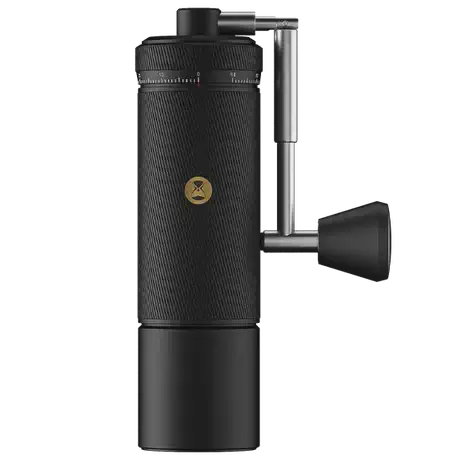The Kuku Maker: Can It Brew a Real Espresso?

Discover the capabilities of the Kuku Maker to determine whether it can produce quality espresso in this article that examines its centrifugal force extraction methods. We put it in perspective with the use of the Timemore Chestnut S3 grinder. Despite promising features, this device raises concerns about brew quality and the techniques required to achieve a perfect espresso. Share your thoughts and questions about this caffeinated innovation!
I’m wondering about the Kuku Maker: can it really prepare an authentic espresso? This question arises after watching demonstrations where the Timemore Chestnut S3 is used. My test revealed that this grinder cannot produce an espresso, even at the finest setting.
On the left, the Timemore Chestnut S3 coffee grinder, used in the demonstration video below. You can read its test and my analysis on espresso in the following article.
Espresso extraction with the Kuku Maker and a Timemore S3
This coffee machine uses centrifugal force extraction technology, which raises questions. The extraction pressure is not known, as it relies solely on centrifugal rotation speed to make the coffee.
Similarly, as with the Kuku Maker, the coffee “falls” at the end of the process. We therefore don’t have the possibility to visualize the extraction as with a bottomless portafilter, and evaluating the quality of the flowing coffee becomes difficult. Normally, it is for example possible to visualize the presence (or absence) of channeling during extraction.
What do you think?
This machine remains captivating, and it seems promising to me to continue following the evolution of this project. Nevertheless, I didn’t participate in it because my interest in this project lies solely in technological curiosity. I think I would miss the absence of certain steps in preparing my espresso, such as using a WDT or tamping.

